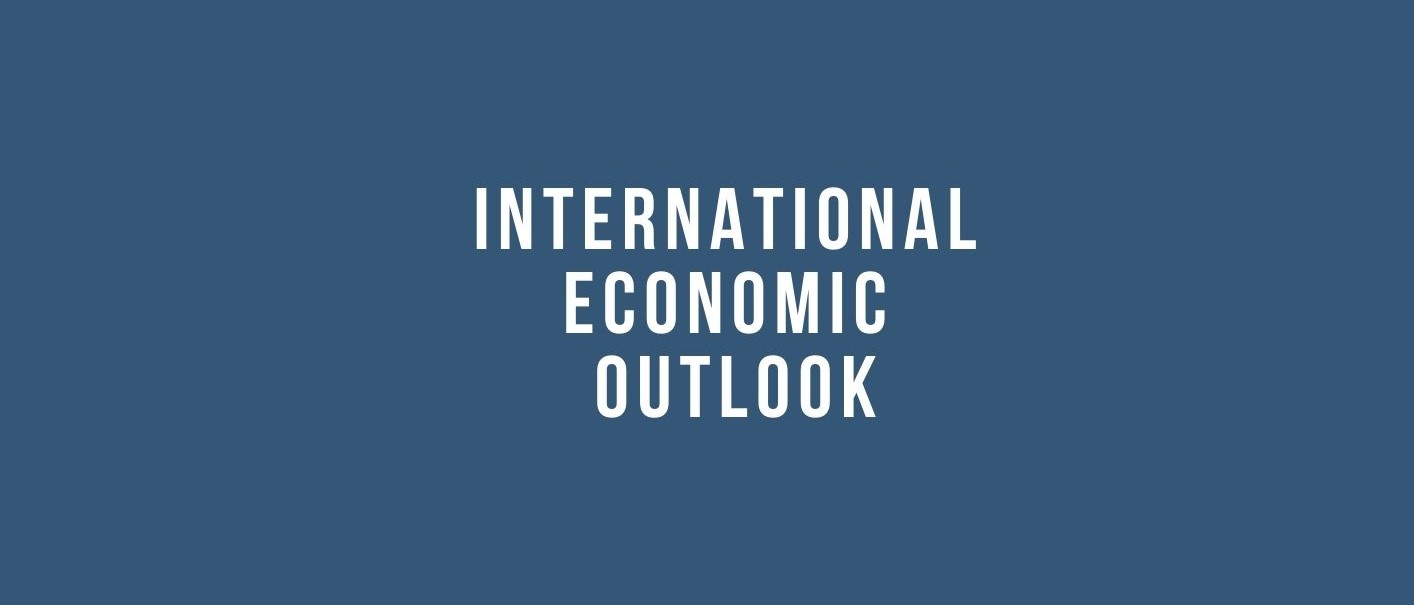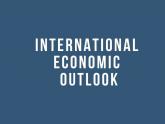Friday, 14 February 2025
This is the second issue of a series of semiannual reports on the main dynamics of the current global economy and the short term outlook. It is divided into four sections that encompass level of activity, world trade, commodities, and finance. In addition, the activity and trade sections provide in-depth information on the indicators of seven economies of relevance to the world and to Argentina: Brazil, China, the United States, the European Union, India, Chile and Vietnam.
- Despite the serious disruptions of economic flows existing since 2020, the global economy grew 3.2% during 2024. Thus, the international economic scenario is on its way to “getting back on track” (“soft landing”), although in a framework marked by heterogeneity, between regions and countries.
- The biggest boost to global growth came from emerging economies, albeit with relative weight loss from China. Among the developed economies, the strong growth of the United States economy stood out.
- Foreign direct investment in the first part of the year increased 8% in year-on-year terms, which may mark a change in the trend compared to the previous year. The United States and Mexico may have been some of the most benefited economies.
- International trade resumed a stronger level of growth in 2024, benefiting from lower inflation rates, decreasing interest rates, fewer logistical disruptions, and somewhat stronger economic growth. In particular, global trade in goods is estimated to have grown 2.7% and that in services 7%.
- In 2024, the price of commodities continued its downward trend, in general terms, although still above pre-pandemic values. However, a volatility scenario is beginning to be reported in which specific and sudden supply shocks can significantly alter prices and quantities available in the global market for certain products.
- Among some of the main commodities gold became relevant, with prices reaching record values in November. It is also worth mentioning the fall in the price of oil and the increase in the price of natural gas.
- On the financial front, high levels of sovereign debt and fiscal deficits continue to be sources of concern in an increasing number of economies.
- 2025 is projected as a year where uncertainty remains high. The reference agencies and institutions forecast a growth rate of global GDP and trade slightly higher than those of the previous year (3.3% and 3%, respectively). This will be subject to the evolution of the global context, marked by war conflicts and geopolitical disputes.
Related documents:


